|
This is a quick lesson on what each piece of a drum kit is and what are some of the typical setups that are most popular. To work out how many ‘piece’ drum kit you have simply add up all the drums, ignoring cymbals and other hardware. Another method is to count the toms and then add 2 (for the snare and bass drum). So if your drum kit has 5 toms then it’s likely to be a 7 piece kit (assuming it has one snare drum and one bass drum). If a kit has one bass drum, one snare drum and one tom then it’s a 3 piece kit. The most common configuration is a 5 piece kit consisting of a bass drum, snare drum and 3 toms (high, mid and low) – and then of course you also have the hi-hats, cymbals etc. but these don’t count towards the number of ‘pieces’. You could have a 5 piece kit with 100 cymbals – it’s still a 5 piece kit.
Serious about learning to play the drums? Drums are an awesome instrument to learn at any age but when you’re just starting out you might need some extra help and instruction. It’s really important that you get the basics right from the beginning such as how to hold the drums sticks and how to maintain good posture at the drum kit. Did you know you can now learn drums online? You can have structured step by step online lessons from a professional teacher that you work through at your own pace. By the time you finish the beginner level course you’ll be able to:
Parts of a Typical 5-piece Drum Kit
1. The Bass Drum / Kick Drum
The Bass Drum is the largest of all the drums and also commonly gets referred to as the ‘Kick Drum’ or just ‘Kick’. The bass drum is played using a foot pedal that attaches to the rim (hoop) of the drum. Sometimes the front head of the drum (the resonant head) will have a hole in it – this can be used to alter the tone of the drum and is also commonly used to mic the drum up. Sometimes the resonant head is removed completely, again to alter the tone of the drum.
It’s common to place a pillow or some other damping material inside a bass drum to control the resonance of the drum and also help reduce the volume level. The bass drum has feet at the front (resonant head side) – these are known as ‘spurs’ and are generally angled in such a way as to minimise any movement of the drum while playing it. Some drummers like to have more than one bass drum so they can use both feet to play faster rhythms. Alternatively you can use a double bass drum pedal (sometimes called a double kick pedal) – this allows you to use both feet to hit a single bass drum. Although double bass drum playing is probably most common on the metal scene, double bass drum pedals are used extensively in a wide range of musical styles from jazz fusion to funk and pop. Bass drums are available in a wide range of sizes, the most common being 20″ or 22″ in diameter (drums are generally measured in inches as opposed to metric measurements).
2. The Drum Stool / Throne
The stool that you sit on is known as a ‘drum throne’. It’s typically a round padded stool with 3 chrome legs. The height of the throne is really down to personal preference but normally you should ensure you can put your feet flat on the floor and your thighs should be sloping downwards slightly.
3. The Hi-Hats
The hi-hat cymbals are a pair of cymbals that close against each other using a foot operated pedal. Hi-hat cymbals are typically 14″ in diameter but are available in a range of other sizes.
The hi-hats are probably the most dynamic element of the drum kit due to the wide range of sounds that can be produced. Distinct tonal options are:
4. The Snare Drum
The snare drum is one of the most important drums on the kit – it forms the centre of the kit and can be played in a wide variety of ways, commonly used to play the ‘backbeat’ of a typical straight 8’s beat. The drum is normally 14″ in diameter and 6″ in depth but is available in a wide range of other sizes. The drum consists of a wooden or metal shell and it will always have both a batter (top) and resonant (bottom) head.
The resonant head has snare wires suspended under it to produce the classic snare ‘buzz’ sound – the mechanism used to attach the snare wires to the drum is called the snare strainer. The snare strainer mechanism normally also includes a ‘throw off’ to switch the snares on and off and an adjustment thumb-screw to adjust the tightness of the snare wires. The snare drum sits on a special snare drum standconsisting of legs and a 3 arm basket to hold the drum.
5. The Tom Toms
Tom toms or ‘toms’ as they’re more commonly known, come in a wide range of sizes.
On a 5 piece kit you will have a high tom, mid tom and low / floor tom. The low tom will either be ‘mounted’ (normally on a ‘fusion’ kit) – i.e. attached with a clamp to a cymbal stand, or it will be a floor tom (normally on a ‘rock’ kit) – i.e. it sits independently on its own 3 legs.
Toms normally have a batter (top) and resonant (bottom) head but the resonant head isn’t mandatory. There are a variety of clamping mechanisms for the high / mid toms – most commonly they’ll attach to tom arms that in turn attach to the bass drum. Another option is for the toms to be clamped to cymbal stands.
6. The Ride Cymbal
The ride cymbal is a larger cymbal (20″ is a fairly typical size) that generally sits on the right hand side of the drum kit. It’s normally a heavier cymbal played with the tip of the drum stick to produce that distinctive ride ‘ping’ sound.
For a more defined ping sound you can also play the bell of the cymbal using either the tip or shoulder of the stick for an even louder ping sound. A general rule of thumb with ride cymbals is not to crash them unless they’re designed as ‘crash/ ride’ cymbals. Crashing a normal ride cymbal can result in damage and it also probably won’t sound particularly good.
7. The Crash Cymbal
Crash cymbals are generally a bit smaller than ride cymbals – a typical size being 16″. They’re designed to be hit quite hard with a glancing blow from the shoulder of the stick. Normally crashes are used as accent notes, for example at the end of a fill, however you can also ‘ride’ the crash, playing powerful rhythmic patterns similar to what would be played on the hi-hats or ride cymbal. It’s very common in rock music to ride the crash in particularly loud parts of the song – have a listen to The Pretender by the Foo Fighters where Taylor Hawkins switches between riding the ride and riding the crash during the choruses (4 bars of ride, 4 bars of riding the crash etc.).
It’s quite common to have several crash cymbals around the drum kit in a variety of sizes. Generally speaking larger cymbals will have a louder sound and longer sustain whereas smaller crash cymbals will be quieter with a shorter sustain. Having a choice of crash cymbals is both convenient, in terms of having one near to the last drum you played and also allows the player to develop a richer and more varied sonic palette. For example, if a fill calls for two crashes in short succession it often sounds better for these to be played on two different cymbals. For really powerful moments you might hit both at the same time!
If you're interested in taking Drum lessons on Zoom or In Person in Burbank, Glendale or North Hollywood, we have some of the best drum lessons in Los Angeles. Our drum instructors are picked by interviewing hundreds of drum instructors and we have really high standards on both their teaching ability as well as their personality. If you'd like to talk to one of our instructors or set up a first lesson we have a guarantee that if you don't absolutely love your first lesson you don't have to pay for it. Please contact us at (818)902-1233 or on our website at https://www.losangelesmusicteachers.com/online-drum-lessons-in-burbank-ca.html
|
Archives
July 2024
Categories
All
|
|
Music Lessons Available on All Instruments:
Piano Lessons
Guitar Lessons Voice Lessons Drum Lessons Violin Lessons Cello Lessons Saxophone Lessons Jazz Improvisation Lessons Flute Lessons Clarinet Lessons Singing Lessons Acoustic & Elec Bass Songwriting & Production |
Contact Us Now
|
Website by Never Alone Business Services
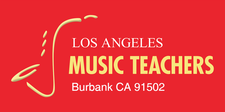
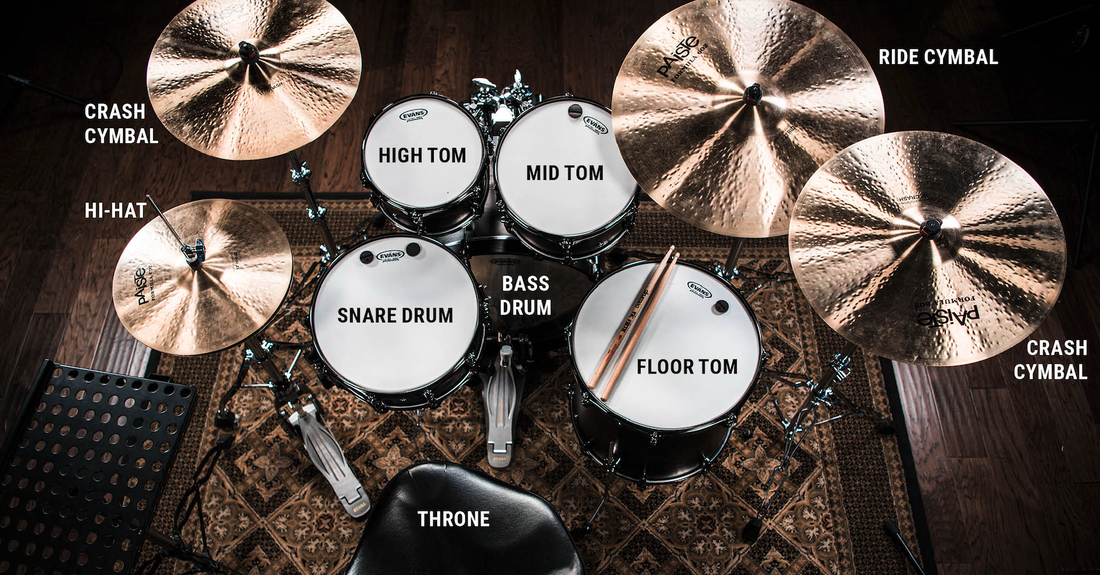
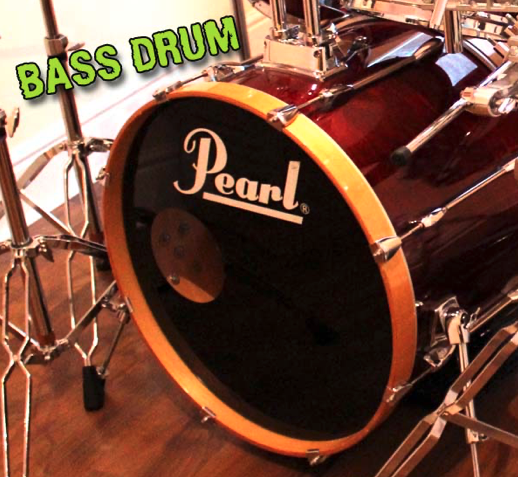
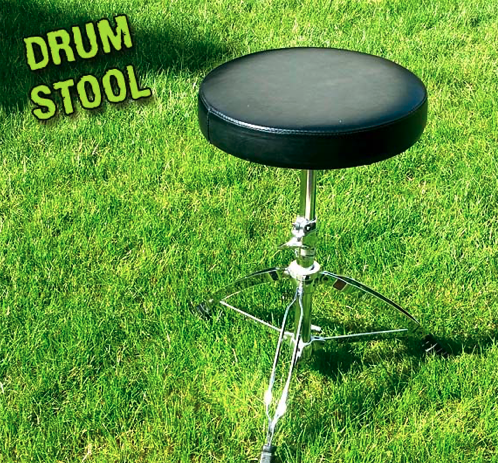
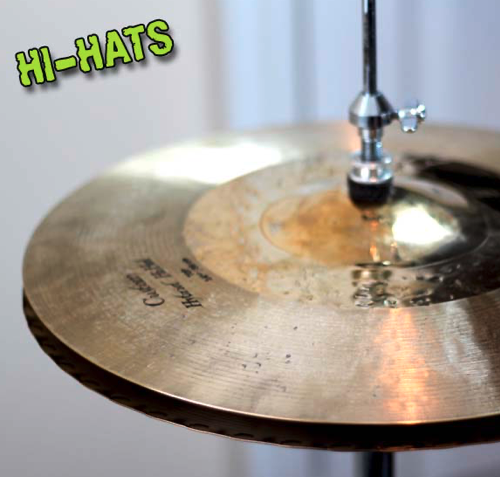
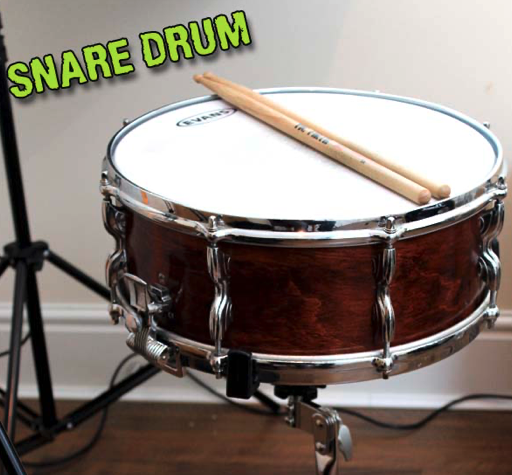
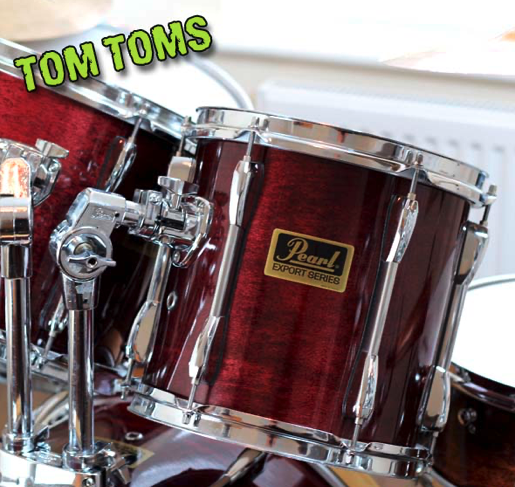
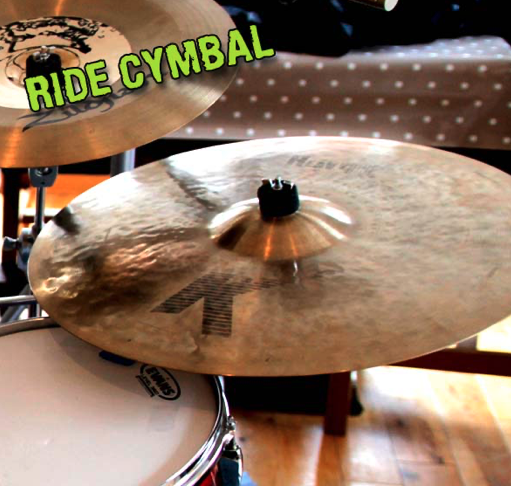
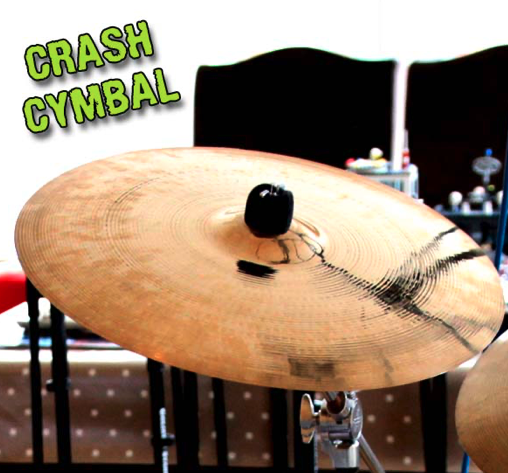
 RSS Feed
RSS Feed



